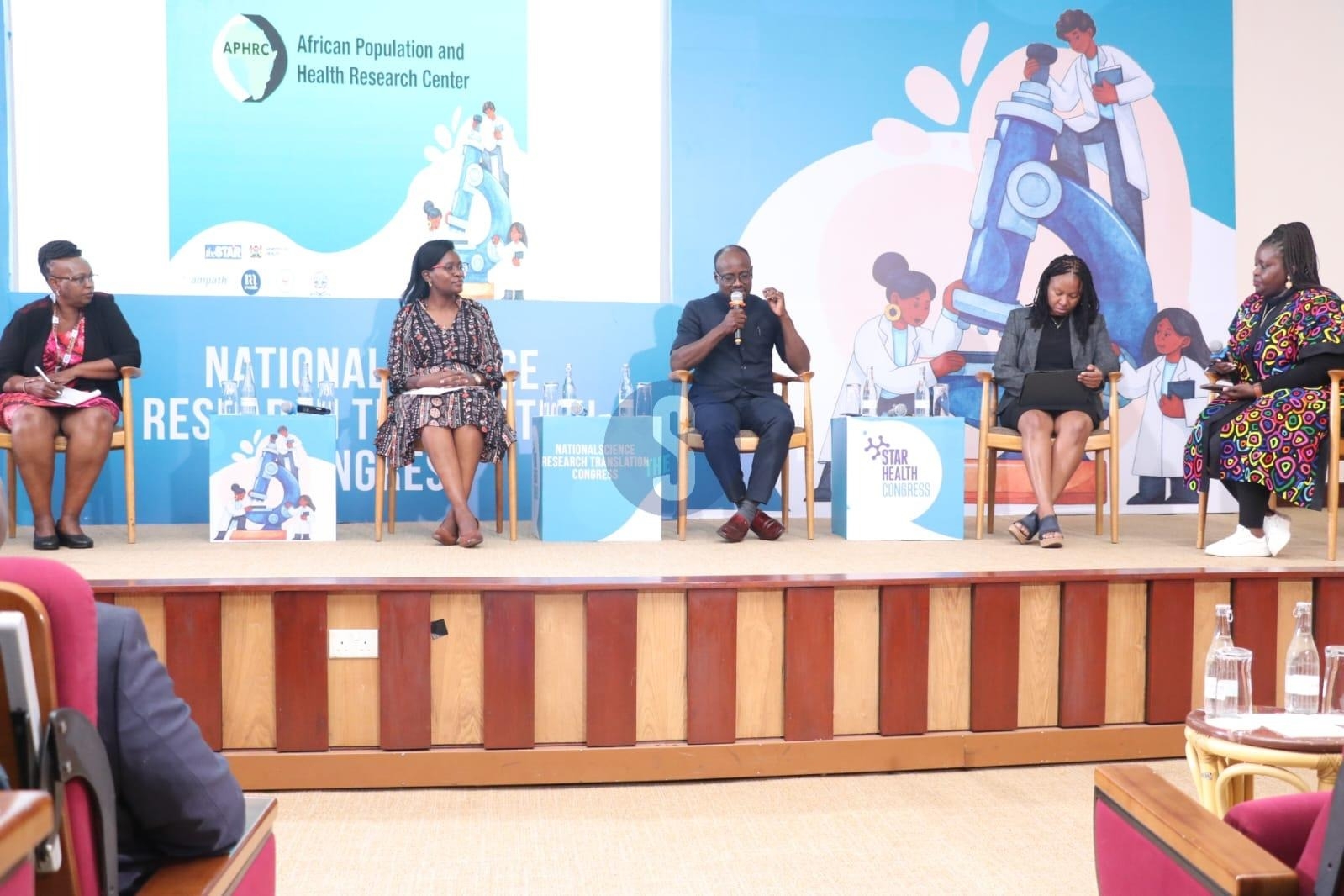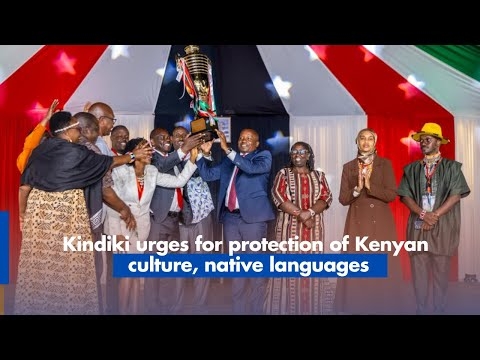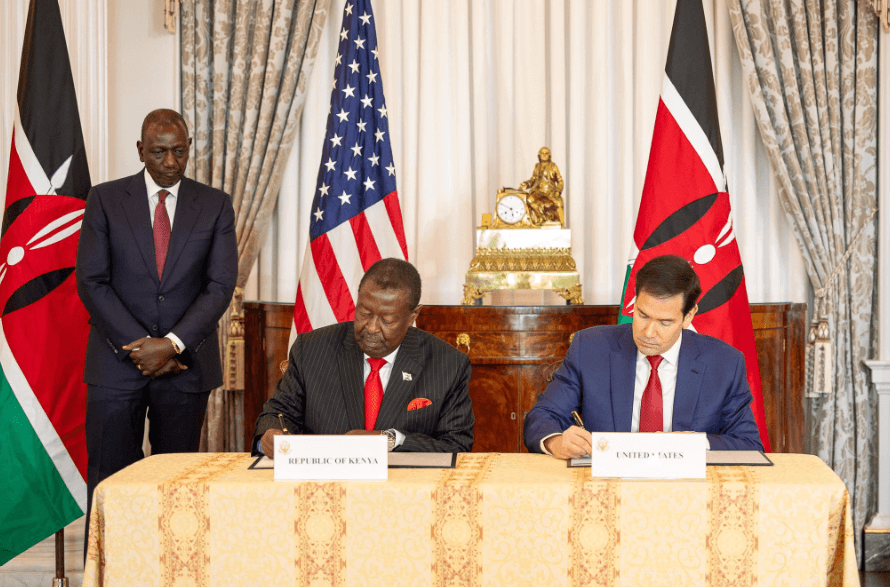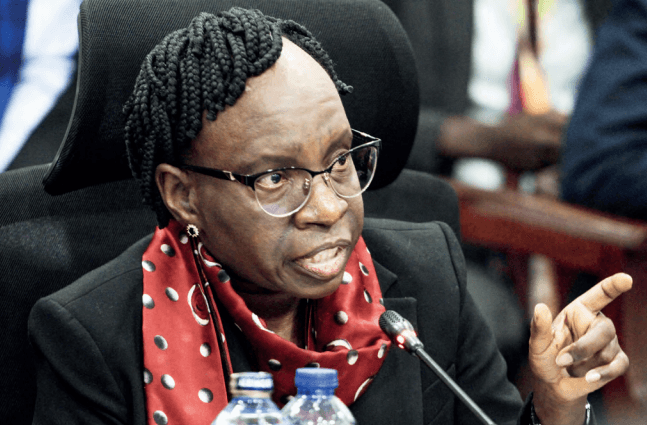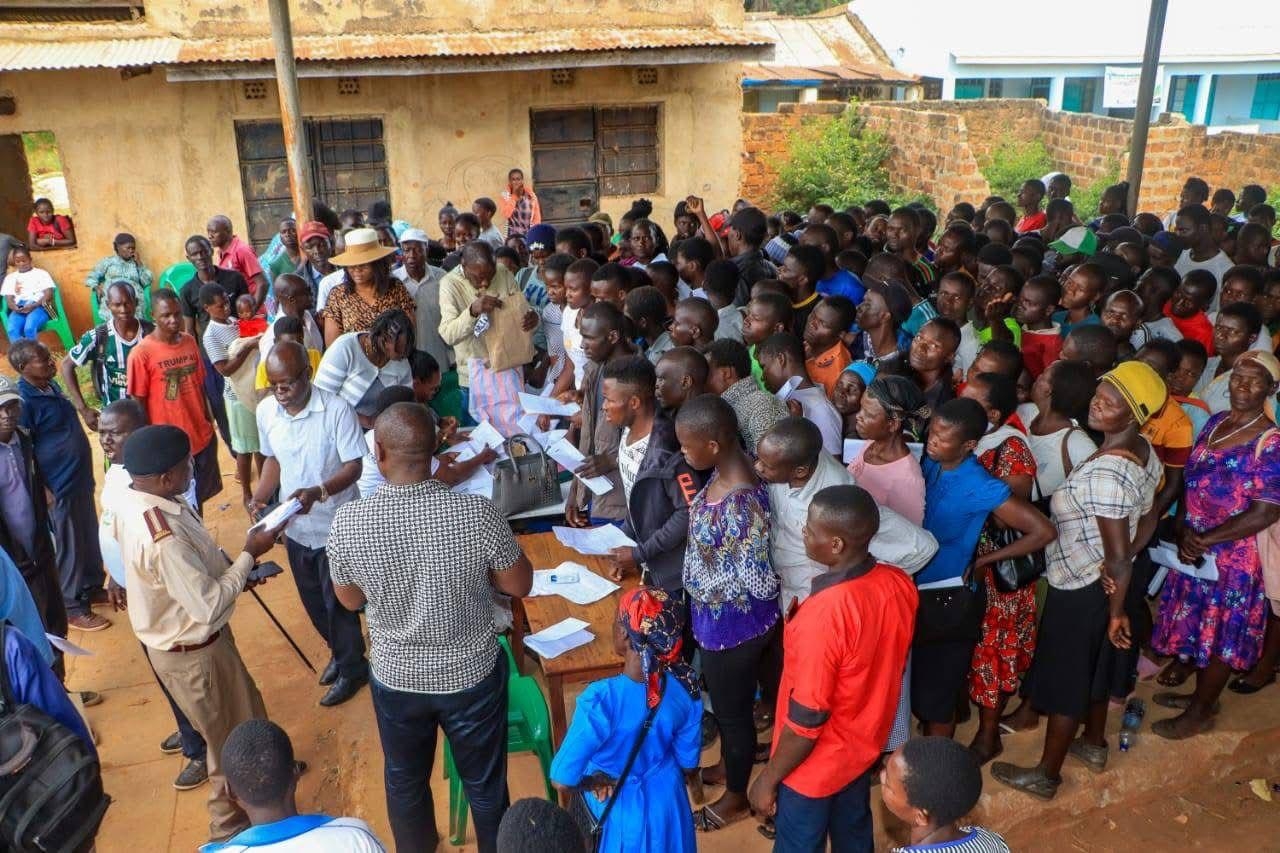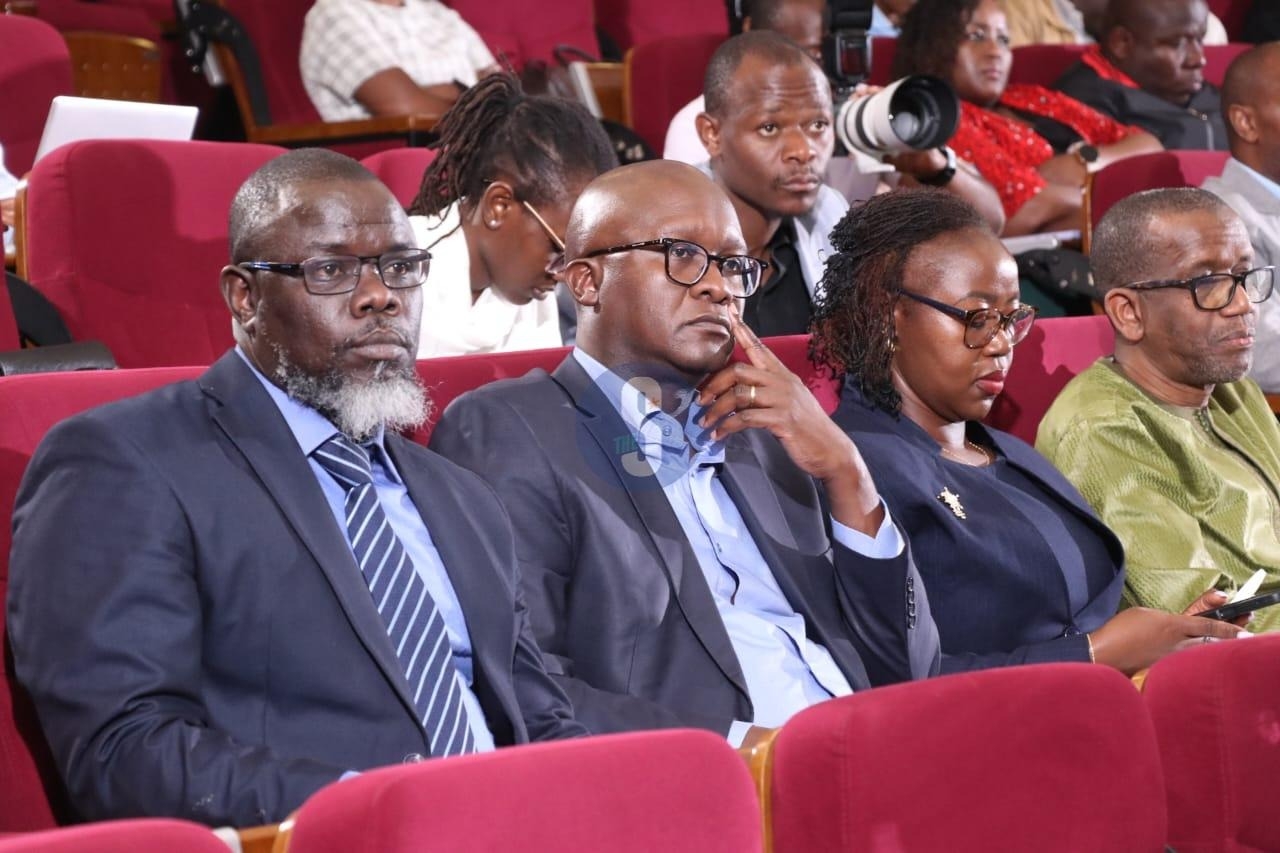
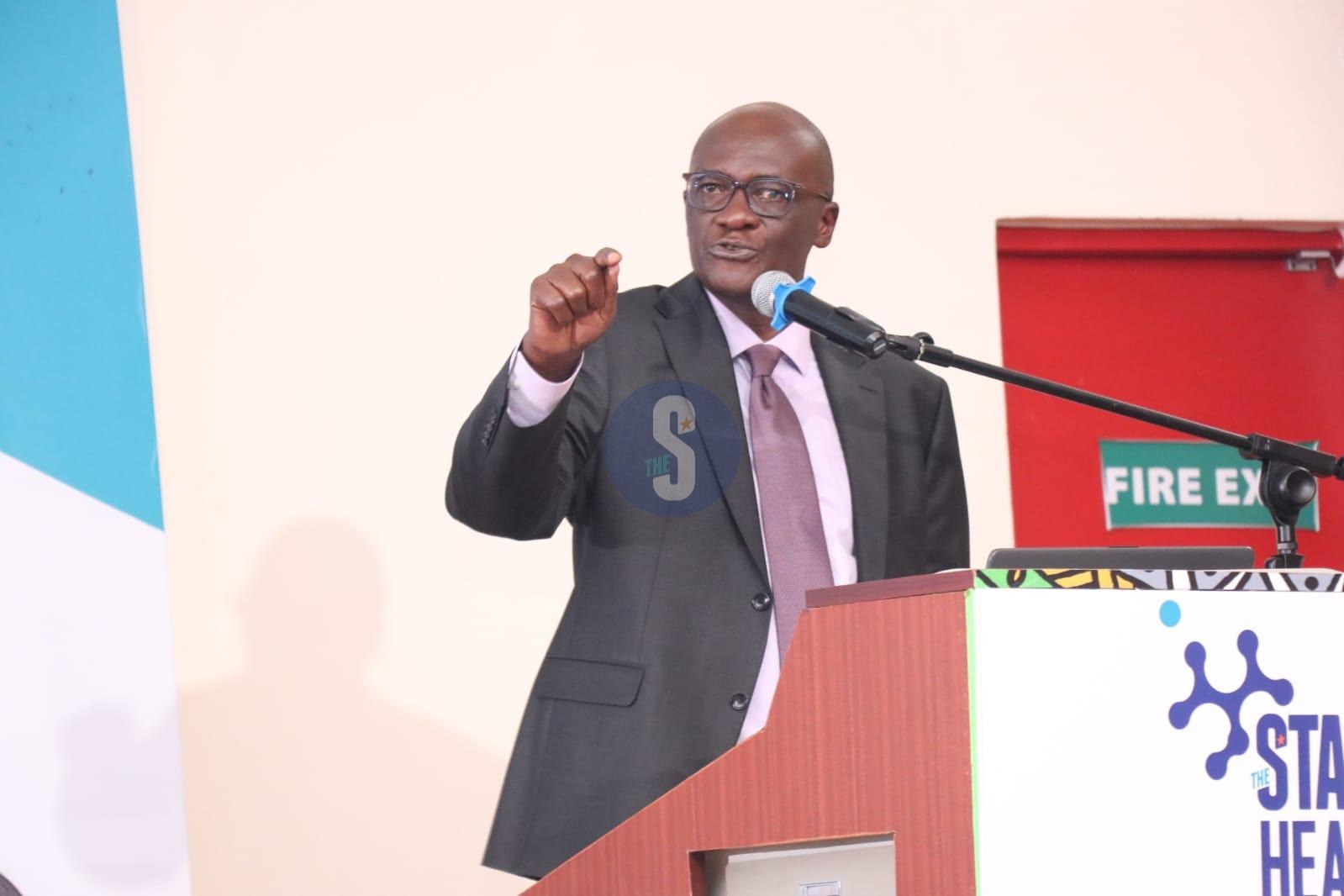
Scientists must learn to communicate their work in simple,
relatable language if research is to truly impact communities, Director-General for Health Dr Patrick Amoth has said.
He said scientific information often fails to influence
public behaviour because it is presented in complex, technical terms that ordinary
people cannot understand.
“We must find a way to make science palatable to the
ordinary person, in a language that he or she knows,” he said.
“When I go to Ramogi FM and speak to my audience, sometimes
I don’t even know whether what I’m conveying is in sync with what they are
thinking. That’s something we need to work on together.”
He was speaking on Wednesday during the inaugural National
Science Research Translation Congress held at the African Population and Health
Research Center (APHRC) campus in Nairobi.
The congress, organised by The Star newspaper, brought
together researchers, policymakers, journalists, and development partners to
discuss how to bridge the gap between research, policy and society.
Amoth said science communication is a critical but often
neglected part of Kenya’s health and development agenda, despite its importance
in combating misinformation and promoting public trust.
He cited the growing “infodemic” - the spread of false or
misleading information - as a major threat to public health, particularly
during crises such as disease outbreaks and vaccination campaigns.
“Across Africa, we record more than 100 public health
emergencies every year, and all these happen at the community level,” he said.
“We must communicate
clearly with communities if we are to bring outbreaks to an end.”
Amoth noted that during the COVID-19 pandemic, misinformation
about vaccines and preventive measures spread faster than official updates,
highlighting the urgent need for stronger partnerships between scientists and
journalists.
“There must be a nexus between science, research, and
journalism,” he said.
“Scientists and
journalists must package information together so that it influences people’s
behaviour in the right direction.”
He admitted that many scientists are not natural
communicators and tend to speak only to their peers, leaving out the public who
are the ultimate beneficiaries of research.
“As scientists or
technologists, we are usually not very good communicators because we
communicate like we are talking to our colleagues,” he said.
"We want to use your voices as journalists to help us
pass this information to the public and influence behaviour.”
Amoth called for early engagement between researchers and
the media, saying communicators should not only be involved at the end of a
project but throughout the research process.
“Before calling you for a launch, we need you to be part of
the discussion,” he said.
“That way, you can understand the science and help translate
it accurately to the people.”
He added that emerging technologies such as artificial
intelligence could help speed up information analysis and improve communication
of complex scientific findings.
“We may not like
TikTok, but we can use technology to bridge divides and bring interventions
closer to people,” he said.
Amoth praised platforms such as the Science Translation
Congress for creating spaces where scientists, media, and policymakers can
learn from each other and build common messaging.
“All of us mean well for our people,” he said.
“We are allies, not
enemies. We must speak with one uniform voice to improve health outcomes.”
He also underscored that effective communication is key to
translating research into policy and practice, particularly in resource-limited
settings where every shilling must deliver maximum health impact.
“We must move from data to decision, from evidence to
action, and from innovation to better outcomes,” he said.
“That begins with how we communicate science.”
The congress marked the first national effort to promote
collaboration among researchers, journalists, and policymakers in making
scientific evidence more accessible and actionable for the public.


